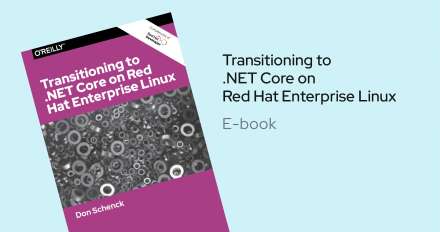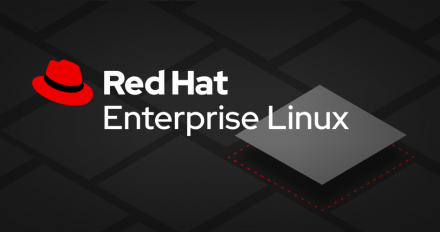
Build your first application using Python with Red Hat Container Development Kit (CDK)







(Part 2)The GNU Toolchain is a collection of programming tools produced by the GNU Project. The tools are often packaged together due to their common use for developing software applications, operating systems, and low level software for embedded systems.











Move your .NET apps to the .NET Core open source platform on Red Hat Enterprise Linux and Red Hat OpenShift Container Platform.

Discover systemd-tmpfiles, a more structured and configurable method to manage temporary directories and file found in Red Hat Enterprise Linux.





